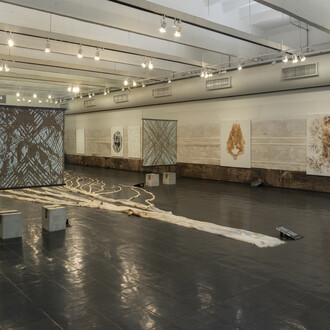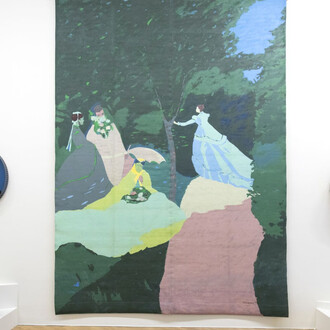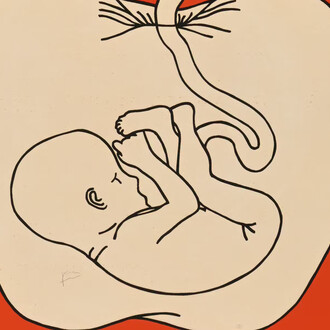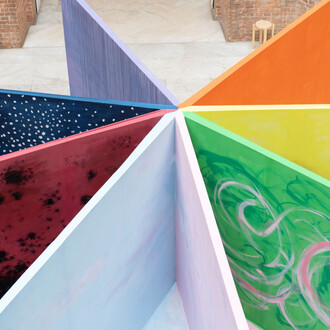Curated by Adriano Pedrosa, Artistic Director, MASP, Regina Teixeira de Barros, Coordinating Curator, MASP, and Matheus de Andrade, Curatorial Assistant, MASP, the exhibition takes a look at both traditional geometry, guided primarily by mathematical principles, and more experimental approaches. These concepts unfold in works by national and international artists who explore various media and techniques, such as painting, sculpture, photography, and textiles. The dialogue between the different trends reflects the inclusion of geometric art in the museum’s collection.
“MASP’s collection is mainly made up of figurative art, but gradually the collection of abstract geometric works has been expanded. The organization of Five essays on MASP – Geometries has mobilized artists and collectors who have generously donated a significant number of works that not only bridge gaps but also update the collection,” says Regina Teixeira de Barros.
The exhibition highlights the Concretist and Neoconcretist movements, bringing together works by Judith Lauand (Pontal, SP, 1922-2022), Willys de Castro (Uberlândia, MG, 1926–São Paulo, SP, 1988), Hércules Barsotti (São Paulo, SP, 1914-2010), Lygia Clark (Belo Horizonte, MG, 1920-1988), Amilcar de Castro (Paraisópolis, MG, 1920–Belo Horizonte, MG, 2002), among others. Also presented are artists who have explored geometry from other perspectives, such as Rubem Valentim (Salvador, BA, 1922-1991), who developed a system of Afro-Brazilian symbols, and Daiara Tukano (São Paulo, SP, 1982), who creates graphics related to the cosmogonies of the Yepá-Mahsã people.
The use of textile patterns appears in works by Cláudia Alarcón (Pueblo Wichí, Río Pilcomayo, Argentina, 1989) and Laura Lima (Governador Valadares, MG, 1971), which also establishes links with fashion. Other artists use geometry to address contemporary political issues, such as Sarah Morris (London, UK, 1967) and Kiluanji Kia Henda (Luanda, Angola, 1979).
Geometric thinking also drives the exhibition design, resulting in walls of “folds” that explore the possibilities of shapes. The non-linear path through the exhibition space underlines the proposal for a presentation that transcends geographical and temporal boundaries, addressing a multiplicity of voices and contexts.
















